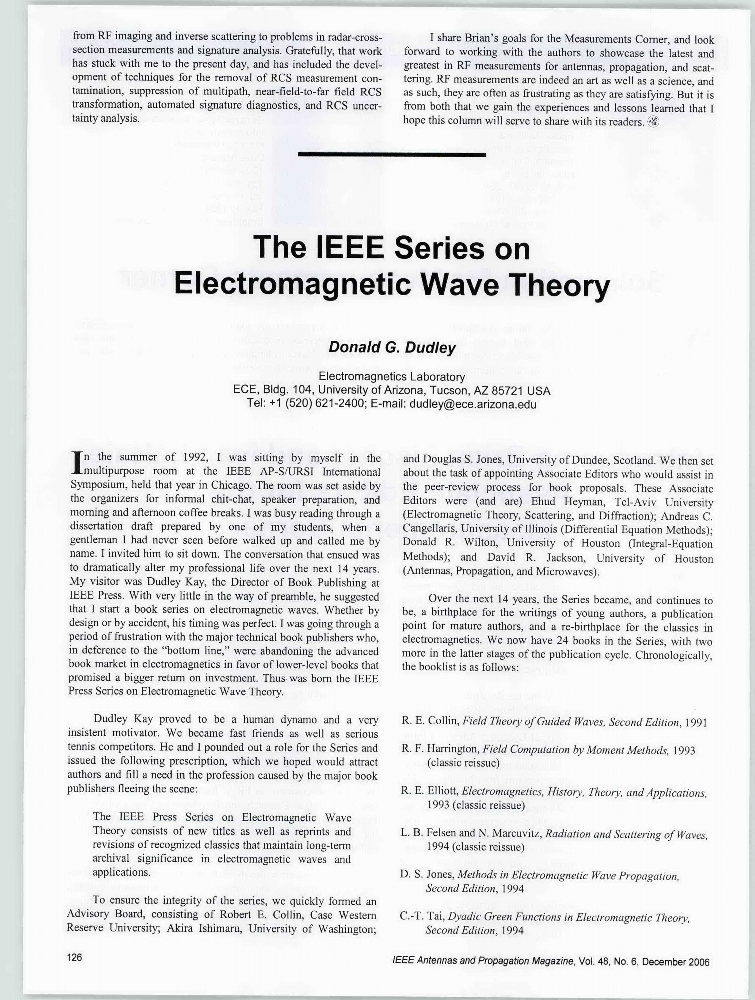Author details
Co-Authors:

Alicia Garcia-Lopez
Affiliation
Department of Electrical Engineering
University of South Florida
Tampa, FL, USA
Biography
Alicia Garcia-Lopez was born in Hamilton, ON, Canada. She received the M.S. and B.S. degrees in chemical engineering from the University of South Florida, Tampa, and the Ph.D. degree in electrical engineering from the University of South Florida, in 2006.,Currently she is a Postdoctoral Researcher at the Los Alamos National Laboratory, NM.,Dr. Garcia-Lopez received a grant from the NSF Engineering Research Center for Particle Science and Technology from the University of Florida.(Based on document published on 4 December 2006).Co-Authors:
Author's Published Works



